1. Circuit City
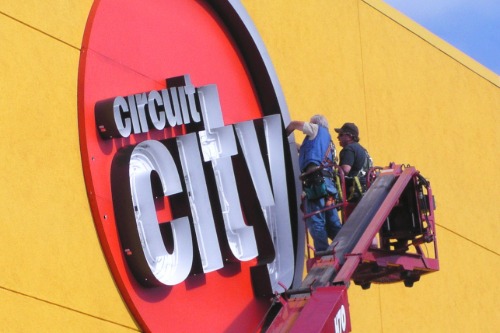
In the 1980s and 1990s, Circuit City was one of the most popular electronics retailers in the country. With its wide array of consumer electronics, from televisions to computers and audio equipment, it became a household name for those looking to upgrade their gadgets. Known for its knowledgeable staff and wide selection, Circuit City stores were located in almost every major shopping mall, drawing in tech enthusiasts and casual shoppers alike.
However, as online shopping and big-box retailers like Best Buy and Walmart grew, Circuit City struggled to maintain its edge, according to CBS News. Poor management, a shift in consumer buying habits, and stiff competition ultimately led to the company’s bankruptcy in 2009. Despite numerous attempts to rebrand and reinvent itself, Circuit City closed its doors for good, but it left behind a legacy as one of the pioneers of big-box electronics retail.
2. Woolworth’s
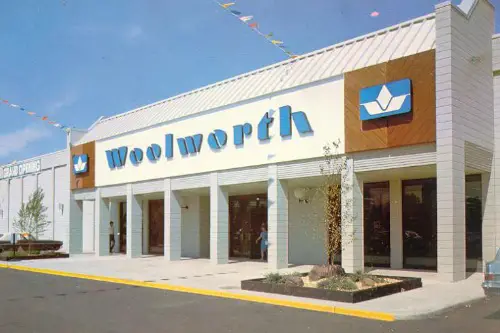
If you ever visited a mall in the 20th century, you probably encountered Woolworth’s, often referred to as “The Five and Dime.” Originally founded in 1879, it became one of the first retail chains to offer goods at fixed, low prices—revolutionary for its time. Its simple yet appealing concept of low-cost everyday products drew in crowds from all walks of life. Woolworth’s stores were commonly anchored in malls, offering everything from housewares to toys, cosmetics, and snacks. Many people fondly remember browsing through the aisles to find that perfect little trinket, as it had a bit of everything.
By the 1980s, Woolworth’s struggled to compete with the growing popularity of discount chains and big-box stores like Walmart and Target. They tried to modernize their image but failed to adapt quickly enough. Eventually, Woolworth’s closed its remaining stores in the U.S. by the early 1990s, according to Britannica, though its legacy lives on in the form of the still-operating Foot Locker, which began as a part of the Woolworth company.
3. Montgomery Ward
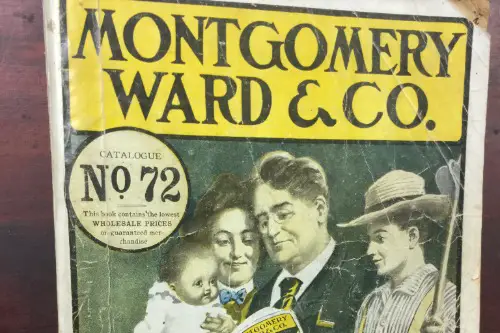
Montgomery Ward was once a staple in American malls, known for being one of the largest and most trusted retailers in the country. Founded in 1872, Montgomery Ward started as a mail-order catalog business, allowing customers to shop from home before it became a major department store chain. Its stores were everywhere, offering everything from clothing to furniture, electronics, and even jewelry. Shopping at Montgomery Ward became an experience for many families, especially during the holiday season when people flocked to its stores for sales.
However, the rise of chain stores like Sears, and later Walmart, started to take a toll on Montgomery Ward’s business model. By the 1980s, the company faced significant financial struggles and was unable to modernize fast enough to keep up with consumer demand. In the 1990s, Montgomery Ward began closing locations, and by 2001, the brand was officially out of business. But don’t fret, because according to the Montgomery Ward website, they were acquired by Colony Brands Inc., so their legacy lives on.
4. The Limited
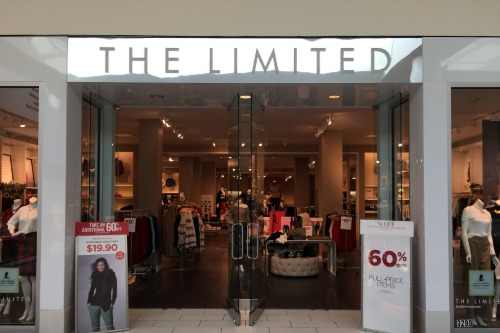
The Limited was the quintessential mall clothing store of the 1980s and 1990s. It was known for its trendy, affordable clothing that catered to young women looking to stay stylish without breaking the bank. Founded in 1963 by Leslie Wexner, The Limited became a massive force in retail throughout the 80s and 90s, with its simple yet elegant store design and efficient service. The chain was particularly popular for office wear and casual chic styles, helping it maintain a steady stream of customers.
In the 2000s, however, The Limited faced increasing competition from fast fashion retailers like H&M and Zara. Their focus on quick-turnaround fashion and affordability started drawing away The Limited’s customer base. Despite multiple attempts at reinvention, the brand could never quite recapture its former glory, leading to its closure of most of its stores by 2017, Retail Dive reports. While The Limited as a brick-and-mortar chain may have faded, it still holds a special place in the hearts of those who grew up with it as their go-to store for on-trend yet affordable clothing.
5. Borders Books & Music
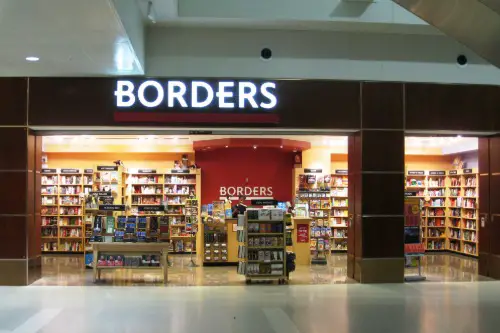
There was a time when Borders was one of the go-to spots for book lovers across the country. Founded in 1971, it quickly became a cultural hub where people could browse through a vast selection of books, music, and movies. Their cozy store layout and expansive cafes made it a place to spend hours, reading, relaxing, or catching up with friends. Borders’ combination of books and media created an experience that was unmatched by other retailers at the time.
Unfortunately, as the digital age progressed and e-commerce giants like Amazon emerged, Borders couldn’t keep up, according to NPR. Their failure to embrace online retail and the rise of e-books eventually led to their downfall. Despite being a fixture in malls for decades, Borders declared bankruptcy in 2011 and closed its remaining stores soon after. The disappearance of Borders left a massive void in the retail landscape, marking the end of an era for many book lovers.
6. Kmart
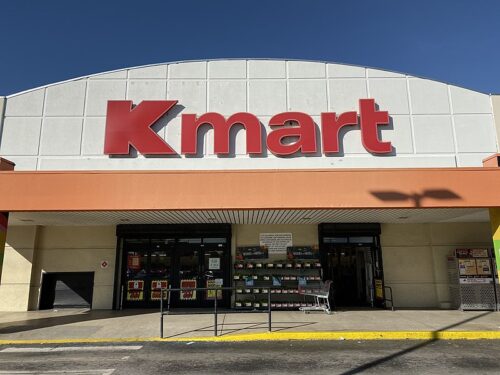
Kmart once dominated American retail alongside its rivals Walmart and Target. Founded in 1962, it was one of the first discount department stores to offer low prices on a variety of products, from groceries to clothing and home goods. In the 1980s, Kmart was a major force in the retail industry, with its large stores and aggressive pricing strategies. Many shoppers fondly remember the blue light specials that would flash throughout the store, signaling a sudden sale on certain items.
Despite its initial success, Kmart began to lose market share in the 1990s as competitors like Walmart improved their logistics and pricing. Kmart’s failure to modernize its stores and adapt to the changing retail landscape caused it to struggle, and by the 2000s, the company had filed for bankruptcy multiple times. While some Kmart locations remain open today, the once-thriving chain is a mere shadow of its former self, with many malls no longer hosting its iconic blue-lit storefronts.
7. Sam Goody
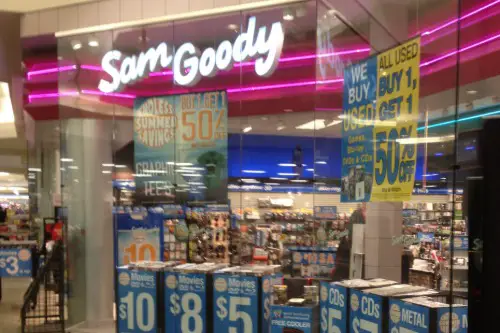
For anyone who remembers the height of the CD era, Sam Goody was a music lover’s paradise. Founded in 1951, Sam Goody was a nationwide chain of music stores that became a staple in many American malls. Whether you were looking for the latest pop album, a rare vinyl, or a cassette tape, Sam Goody had it all. It was one of the best places to find your favorite music and catch up on the latest trends in the industry.
As the digital age advanced, however, Sam Goody was unable to keep up. The rise of MP3s, iTunes, and streaming services like Spotify led to a massive decline in physical music sales. Despite attempts to rebrand and shift to new formats, Sam Goody couldn’t recover from the changing times. By the mid-2000s, most of the chain’s locations had closed, leaving a generation of music lovers with memories of browsing through racks of CDs and tapes.
8. Strawbridge & Clothier
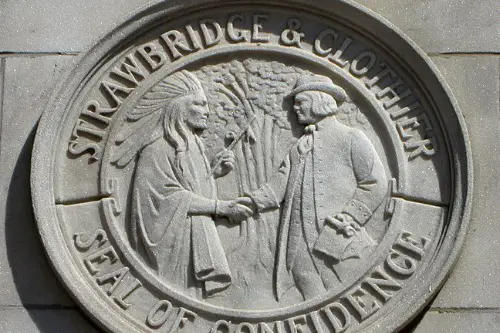
Strawbridge & Clothier was once one of Philadelphia’s most iconic department stores, with a history dating back to 1868. It became a dominant chain in the Mid-Atlantic region, offering high-quality clothing, home goods, and gifts. Customers flocked to its expansive stores for the elegant shopping experience, especially during the holiday season when the store’s windows were decked out with elaborate displays. The store was known for its excellent customer service, which kept people coming back for years.
In the 1980s and 1990s, however, Strawbridge & Clothier faced intense competition from national department store chains like Macy’s and JCPenney. Despite its regional success, it struggled to stay relevant in an increasingly competitive retail landscape. In 2006, Strawbridge & Clothier was acquired by Macy’s, and the brand disappeared, leaving behind a legacy in the cities it once served. Despite the shift, many former customers still remember their visits to this beloved local chain.
9. Waldenbooks

Before Amazon became the retail giant it is today, Waldenbooks was a major name in the book industry. Founded in 1933, Waldenbooks quickly became a dominant force in American malls, offering a wide selection of books, magazines, and greeting cards. It was a go-to destination for anyone looking to pick up the latest bestseller or find a thoughtful gift for a loved one. With its vast store networks, Waldenbooks became a mall staple throughout the 1980s and 1990s.
The chain faced significant challenges in the 2000s, as online shopping began to take over the book industry. With the rise of e-books and the overwhelming dominance of Amazon, Waldenbooks couldn’t adapt fast enough. By 2011, the company was officially out of business, and most of its stores were closed. While it’s no longer around, many still remember the joy of discovering a new book at Waldenbooks, which helped define the mall bookstore experience for an entire generation.
10. Service Merchandise

Service Merchandise was one of the most unique retail stores to appear in malls in the 1980s. The chain was a hybrid of a catalog showroom and department store, offering a variety of goods including jewelry, electronics, and home appliances. Customers would browse items in the store, and then order from a catalog to have the product retrieved from the back warehouse. It offered an unusual shopping experience, but its efficiency and range of products drew in a loyal customer base.
In the late 1990s and early 2000s, however, Service Merchandise struggled with the rise of big-box stores like Walmart and Target, as well as the growing popularity of online shopping. Unable to compete effectively, the chain filed for bankruptcy in 2002, and all of its stores were closed. While it may have vanished, Service Merchandise’s innovative retail concept left a mark on the industry, influencing how retailers would approach showroom-style shopping in the future.
11. Linens ‘n Things
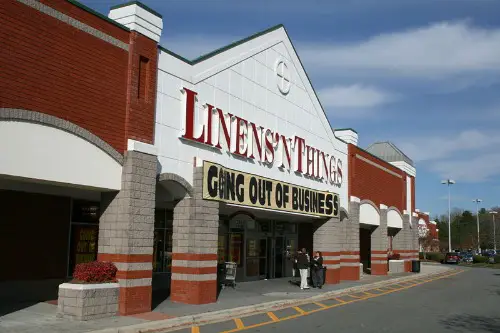
Linens ‘n Things was once the go-to store for home essentials, specializing in everything from bedding to towels, kitchenware, and decorative items. Founded in 1975, the chain grew quickly throughout the 1980s and 1990s, with its bright, spacious stores making it a popular destination for shoppers looking to update their home. Whether it was a new duvet set or a set of fine china, Linens ‘n Things had it all under one roof.
However, as the 2000s rolled in, competition from big-box retailers like Bed Bath & Beyond and Walmart began to take a toll on Linens ‘n Things. The company failed to modernize quickly enough, and its attempts to expand online were unsuccessful. By 2008, Linens ‘n Things filed for bankruptcy and closed its remaining stores. While the brand may be gone, many still look back fondly on the days when it was the best place to stock up on home goods for every occasion.
12. FAO Schwarz
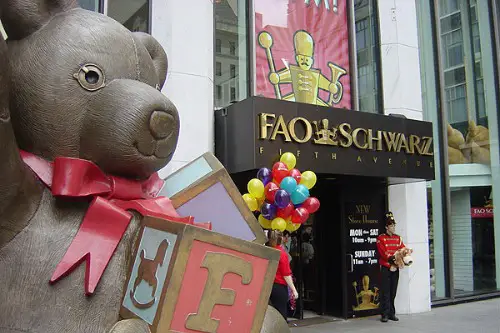
FAO Schwarz was not just a toy store—it was an experience. Founded in 1862, it became synonymous with childhood magic, offering an enormous selection of toys in a fantastical, almost theatrical setting. People from all over would visit FAO Schwarz to see its massive toy displays and interactive sections, and the store’s iconic giant piano (made famous in the movie Big) became one of the most beloved mall attractions of all time. Its flagship store in New York City became a destination for families and tourists alike.
Despite its magical atmosphere, FAO Schwarz couldn’t survive the rapid shifts in the retail industry and the rise of online shopping. After a series of ownership changes, the iconic brand faced financial difficulties, leading to the closure of many of its stores in the 2000s. Although FAO Schwarz has made a comeback with a few locations, its presence in malls isn’t what it once was, and many still remember visiting the store for the magic and wonder it brought to the toy shopping experience.


